Irina Sánchez
Global Planar Convolutions for improved context aggregation in Brain Tumor Segmentation
Aug 27, 2019

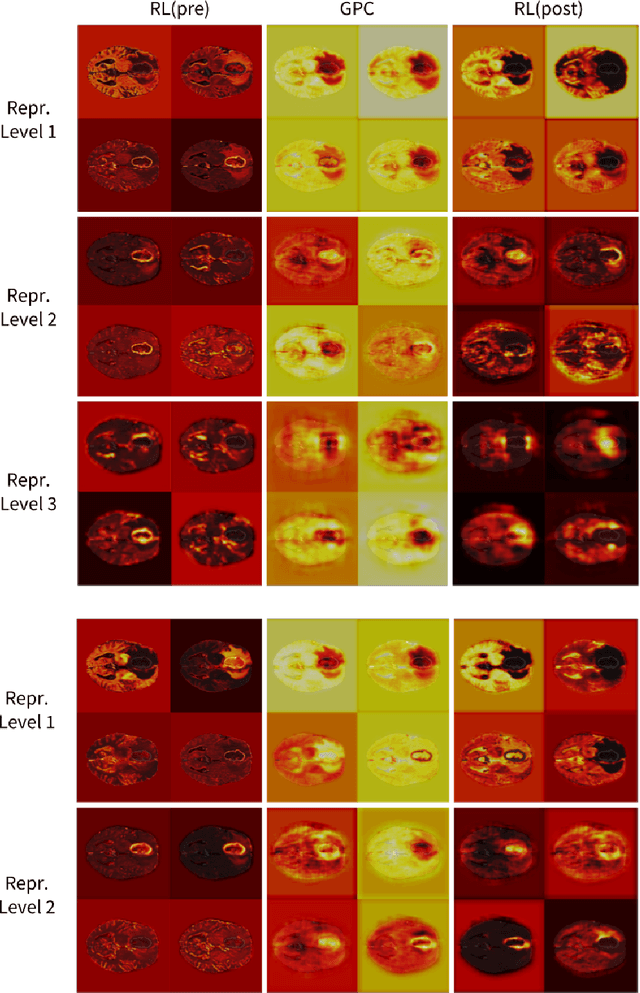
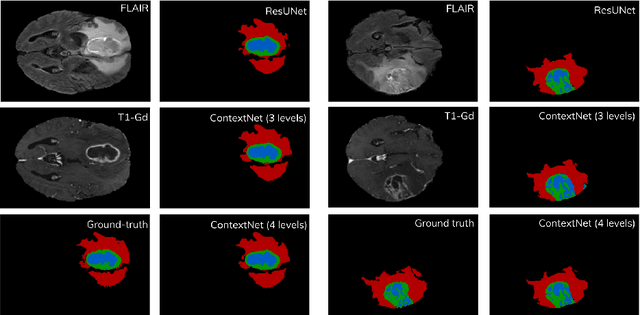
Abstract:In this work, we introduce the Global Planar Convolution module as a building-block for fully-convolutional networks that aggregates global information and, therefore, enhances the context perception capabilities of segmentation networks in the context of brain tumor segmentation. We implement two baseline architectures (3D UNet and a residual version of 3D UNet, ResUNet) and present a novel architecture based on these two architectures, ContextNet, that includes the proposed Global Planar Convolution module. We show that the addition of such module eliminates the need of building networks with several representation levels, which tend to be over-parametrized and to showcase slow rates of convergence. Furthermore, we provide a visual demonstration of the behavior of GPC modules via visualization of intermediate representations. We finally participate in the 2018 edition of the BraTS challenge with our best performing models, that are based on ContextNet, and report the evaluation scores on the validation and the test sets of the challenge.
Few-shot Learning with Deep Triplet Networks for Brain Imaging Modality Recognition
Aug 27, 2019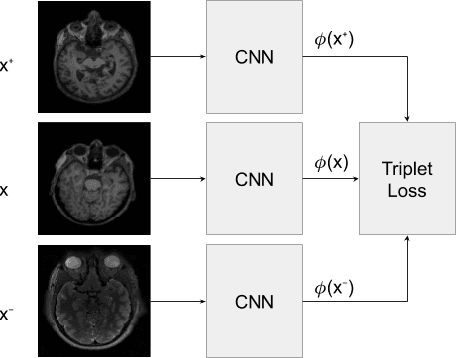


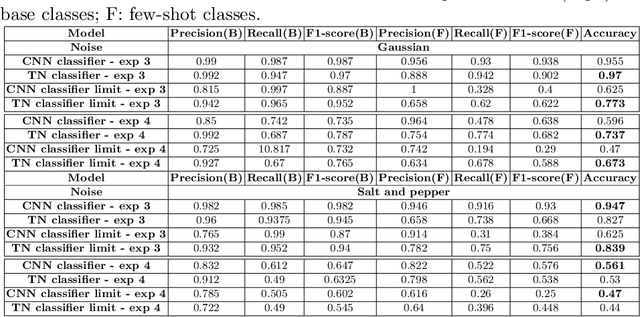
Abstract:Image modality recognition is essential for efficient imaging workflows in current clinical environments, where multiple imaging modalities are used to better comprehend complex diseases. Emerging biomarkers from novel, rare modalities are being developed to aid in such understanding, however the availability of these images is often limited. This scenario raises the necessity of recognising new imaging modalities without them being collected and annotated in large amounts. In this work, we present a few-shot learning model for limited training examples based on Deep Triplet Networks. We show that the proposed model is more accurate in distinguishing different modalities than a traditional Convolutional Neural Network classifier when limited samples are available. Furthermore, we evaluate the performance of both classifiers when presented with noisy samples and provide an initial inspection of how the proposed model can incorporate measures of uncertainty to be more robust against out-of-sample examples.
Cascaded V-Net using ROI masks for brain tumor segmentation
Dec 30, 2018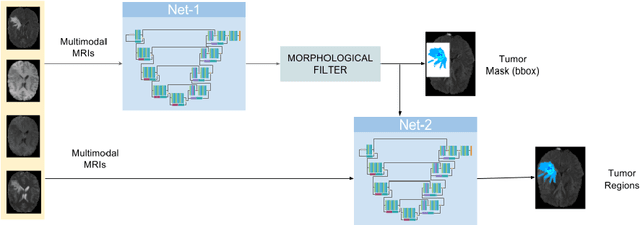

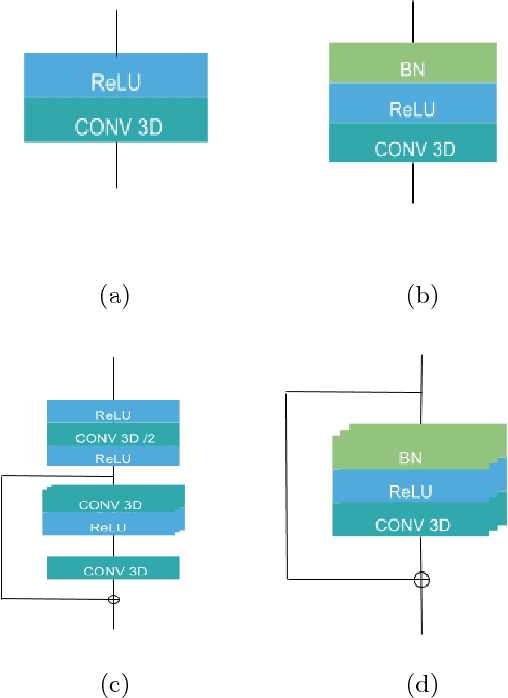

Abstract:In this work we approach the brain tumor segmentation problem with a cascade of two CNNs inspired in the V-Net architecture \cite{VNet}, reformulating residual connections and making use of ROI masks to constrain the networks to train only on relevant voxels. This architecture allows dense training on problems with highly skewed class distributions, such as brain tumor segmentation, by focusing training only on the vecinity of the tumor area. We report results on BraTS2017 Training and Validation sets.
* Third International Workshop, BrainLes 2017, Held in Conjunction with MICCAI 2017, Quebec City, QC, Canada, September 14, 2017, Revised Selected Papers
 Add to Chrome
Add to Chrome Add to Firefox
Add to Firefox Add to Edge
Add to Edge